We Explore Durham and York's Most Haunted Places
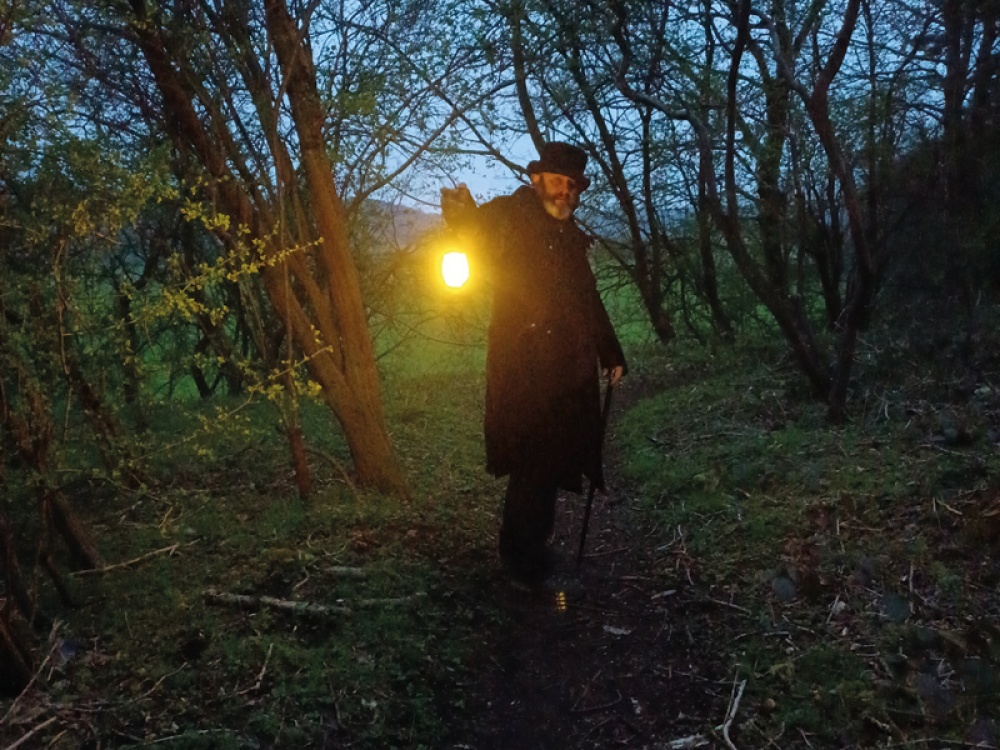
Plague victims, phantom Romans, real-life murderers and doomed lovers - the histories of York and Durham are notoriously bloody and the ghouls who are said to walk their streets are proof
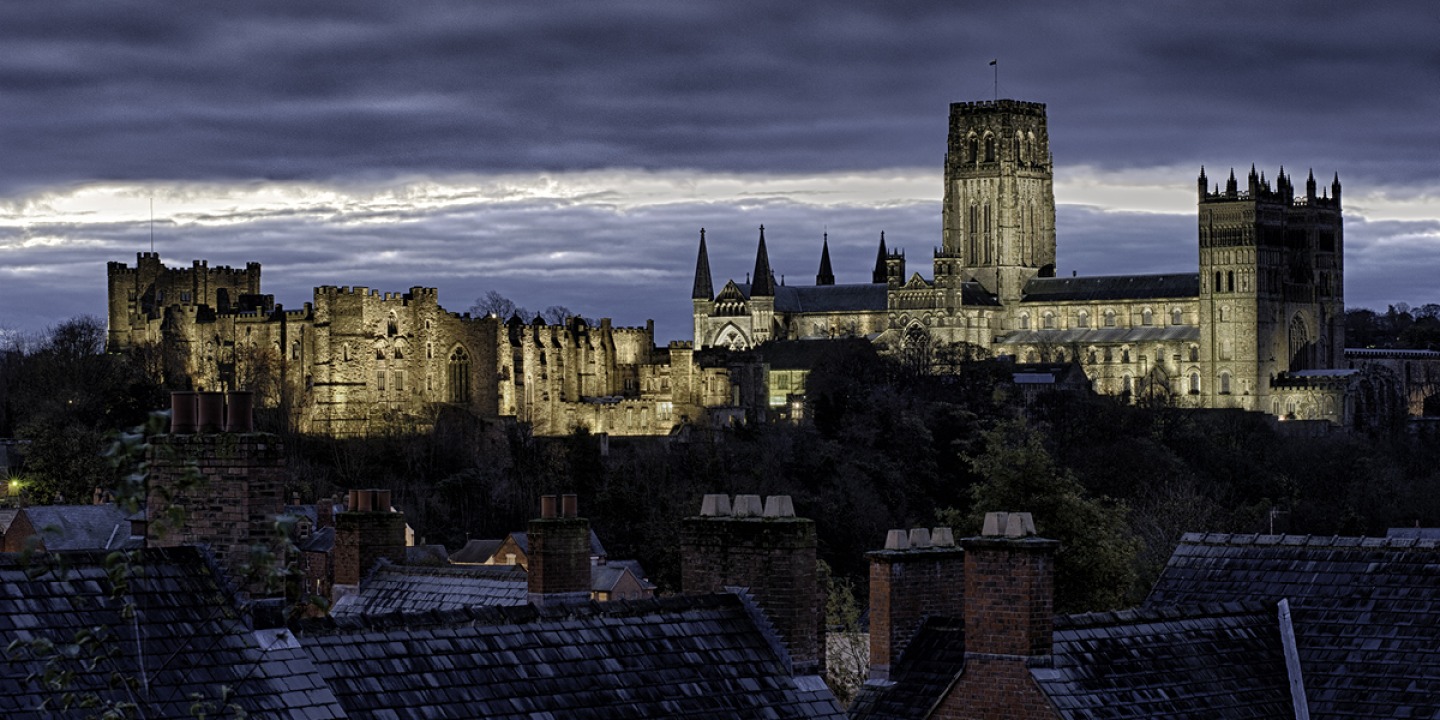
Durham Cathedral
Andrew Ross, tour guide at Walking With the Ghosts of Durham, is an expert on Durham’s spooky side. Durham’s most iconic landmark, Durham Cathedral dates back nearly 1,000 years and of course has its share of ghost stories from across the centuries. Andrew tells us about the misadventure that led to the figure that can supposedly be seen leaping from the Cathedral tower. ‘Two men were in a pub having a conversation about if you could survive jumping off the top of Durham Cathedral and they came to the conclusion that if you made a soft enough landing you could,’ Andrew explains. After building a soft landing, one of the men attempts the jump and lives. But when dared to attempt it a second time, he is not so fortunate. ‘As he is going up, his wife asks to move the target as he nearly hit his head last time. He goes up, doesn’t know anything is moved, aims for the exact same spot, falls down and dies. People say every so often you’ll see the figure of a man jumping off the top of the Cathedral, hitting the ground, standing up and looking around confused.’
Another strange tale associated with the Cathedral comes from World War II, when Durham Cathedral was a target of the Luftwaffe. The planes followed the River Wear during a full moon when visibility was good. ‘People said that as the siren sounded a mist rose and covered the Cathedral, covered the Castle, covered the Viaduct, and a two mile area around Durham. The planes flew in and couldn’t find the targets.’ The city of Durham escaped relatively unscathed and after the war ended five separate wardens reported the strange events of that night, and a reporter coined the term Cuthbert’s mist. It was suggested that St Cuthbert (who is buried at the Cathedral) was responsible for protecting the city in its time of crisis.
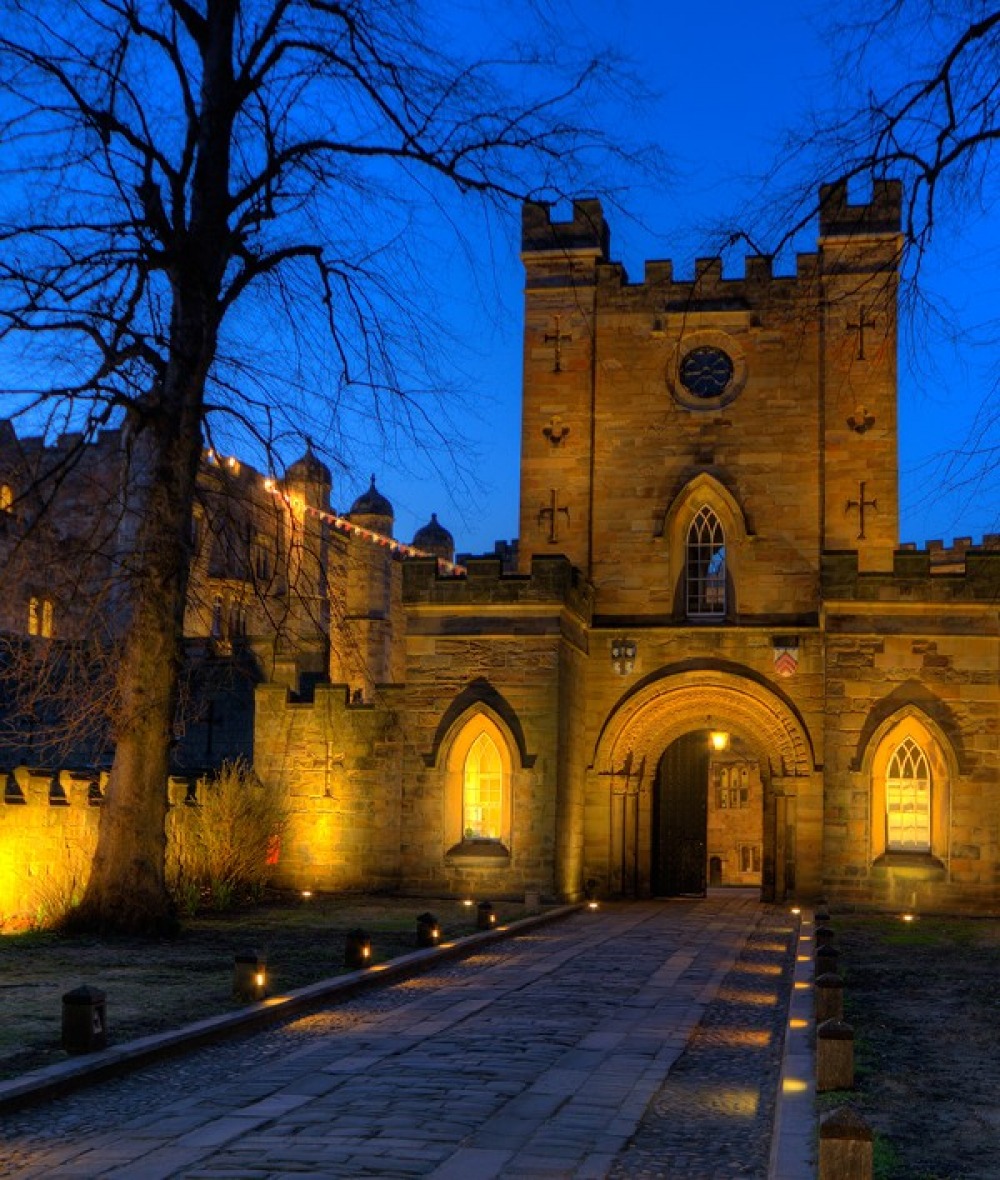
Durham Castle
Across from the Cathedral, Durham Castle dates back to the 11th century and is supposedly haunted by another Grey Lady. ‘That was one of the bishops’ wives who used to go up The Black Staircase to look out of the windows,’ Andrew explains. ‘Apparently she either had a heart attack or tripped, and sadly she died on those steps. But now when people are in the Castle they see the figure of a woman going up that staircase.’ People have reported following a woman all the way up the staircase only for her to disappear at the top, and she can be seen looking out of the windows from outside the Castle too. Another tragic tale of the Castle is that of a student named Frederick. The Castle became a home for students in the 1830s and the story goes that Frederick lived in the highest room of the Castle. A brilliant student, a miscommunication led Frederick to believe that he had failed his exams. Devastated, Frederick could supposedly be heard pacing his room for hours before taking his own life. To this day it is said that you can still hear Frederick pacing in his room above.
Crook Hall Gardens
The story behind the White Lady of Crook Hall Gardens is a tragic one, centred around the arrogant and bad tempered patriarch of the Billingham family who owned Crook Hall hundreds of years ago. As Andrew tells it, William Billingham (although some accounts refer to a Cuthbert Billingham) was a cruel man who once went so far as to shut off the city’s water supply from his estate to avoid repaying a debt. The White Lady in question was his niece, who ran afoul of her uncle’s temper. ‘One day his niece was going up a staircase when William was coming down in a hurry and he pushed her out of the way. She fell and supposedly broke her neck and died,’ he explains. ‘A lot of people will hear the sound of swishing skirts, and in the Jacobean part of the building there is a staircase that is cut off and people see legs that go down that staircase.’
The tale of the ghostly knight is also attributed to the brutality of Billingham. When a knight visiting the area stopped by Crook Hall Gardens for the night, he was thrown an impressive banquet in welcome. So the story goes, the knight began to flirt with one of Billingham’s daughters and the men in the room attacked him. ‘His men grabbed the knight, tied him up, put him in an alcove (which is still in the medieval hall) and blocked the alcove up.’ It sounds like something straight out of an Edgar Allan Poe horror. ‘Guests who go in now see a figure in that archway and think it’s a member of staff doing a re-enactment. The knight starts to bend over as if in pain and they go to check if he’s ok but he just disappears.’
Treasurer’s House
Tucked behind York Minster, Treasurer’s House is one of the most prestigious buildings in York, gifted by Mr Frank Green to the National Trust on the condition that nothing was to be changed or he would return to haunt the building. Mackenzie Vee Crompton of Shadows of York tells us about the famous ghoulish encounter that happened in its cellar.
‘In 1953, a young apprentice plumber called Harry Martindale was working in the cellar by himself. He thought he could hear the sound of a horn and noticed they were only playing one note. The horn got louder and he looked down from his ladder and in that moment a Roman blowing a horn popped out through the wall,’ says Mackenzie. ‘He fell off his ladder and scrambled into the corner of the room and the Roman marched straight past him and vanished through the opposite wall. Then a horse with a Roman came through the wall and vanished, and then he saw an entire legion of Romans marching casually through.’ Afterwards, Harry described the Romans to the curator as wearing green tunics, having round shields, and wearing their scabbard on their right – completely contradictory to the traditional depiction of Roman soldiers. Years later, archaeological work revealed a Roman road running straight through the cellars of Treasurer’s House, and the remains of some soldiers were found wearing clothing and accessories identical to those which Harry had described.
Golden Fleece
One of York’s oldest (and supposedly most haunted pubs), the Golden Fleece is a hub of paranormal activity, and both Mackenzie and Mark Graham (of The Original Ghost Walk of York which is celebrating its 50th anniversary) have plenty of tales to tell. ‘One of the ghosts is said to be the old hangman who drank in there and was said to have choked at the bar whilst bragging about an execution,’ says Mark. ‘It was a pub (along with many other pubs in York) where they stored the dead who had been executed,’ Mackenzie explains. ‘On the ground floor level they have the ghost of a little boy. We’re not sure what happened to him, but some say he was trampled to death by a horse and cart, which is highly likely as it used to happen quite a lot in the city. He’s quite mischievous, and he’ll run off with your drink, untie your shoe laces and pull at your pockets. But the most famous one is a World War II Canadian airman who fell to his death from the top window in the Minster Suite. He’s meant to haunt it, and if you stay there people have said they brush their hair in the mirror and they see an officer in uniform standing behind them. But when they spin around, and he’s not there.’
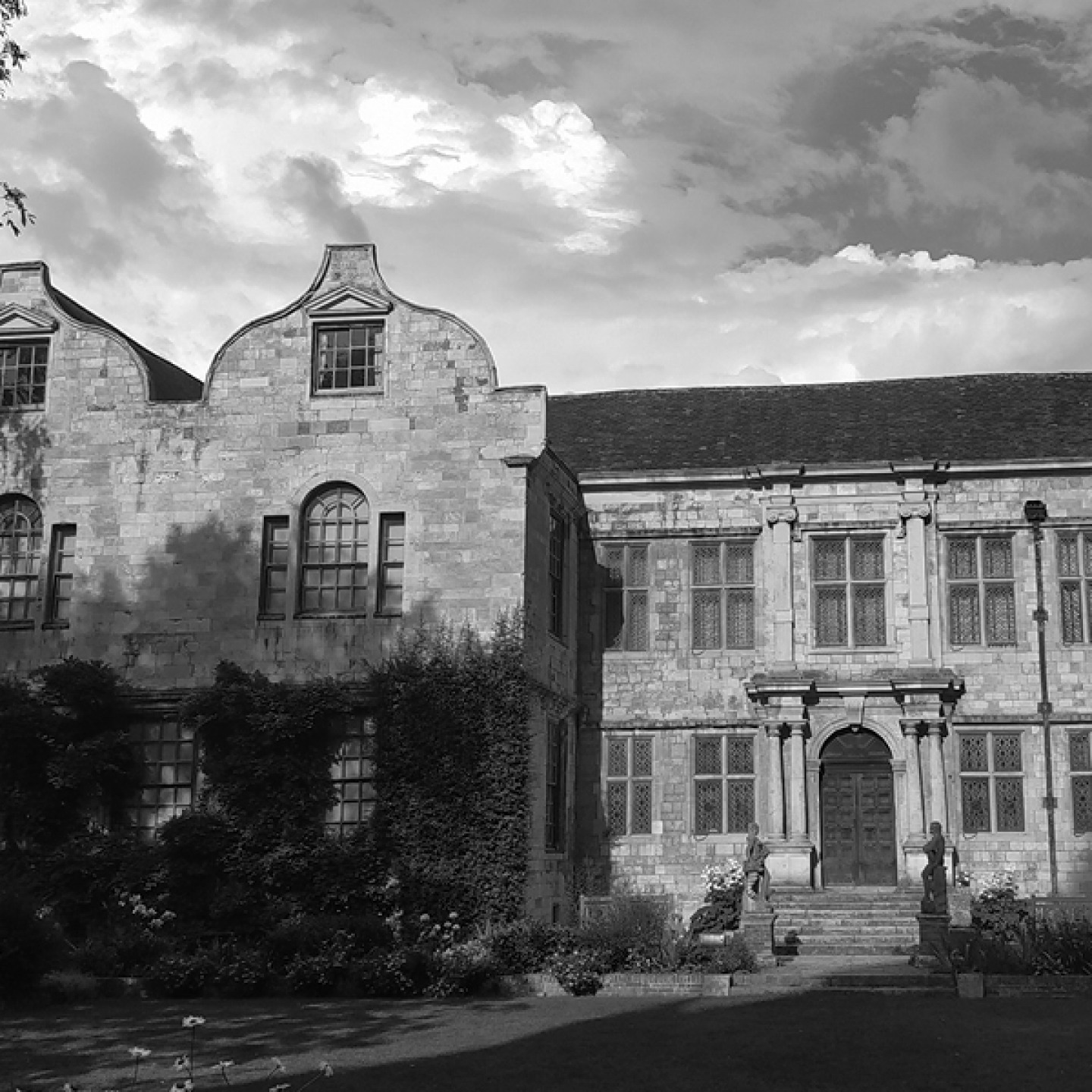
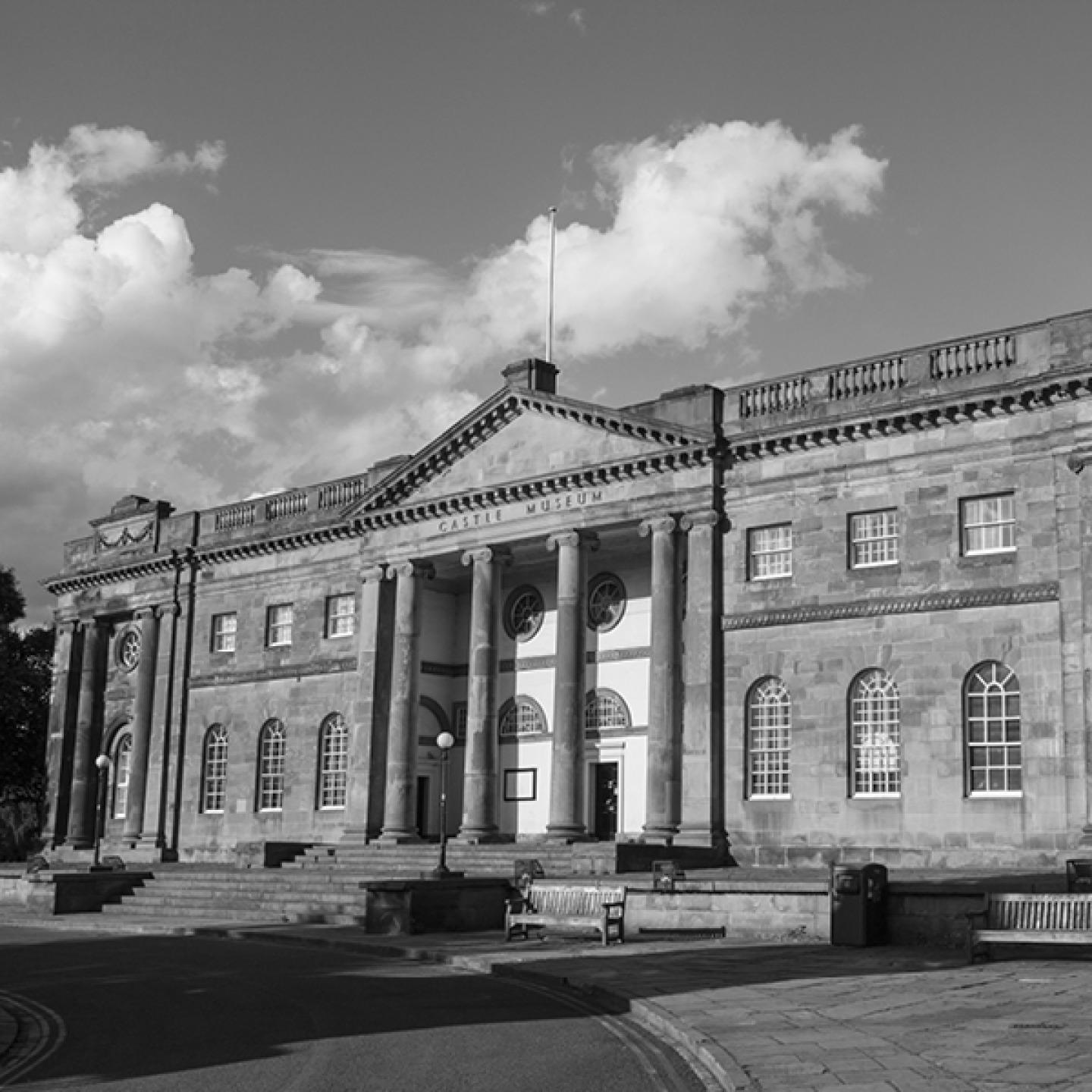
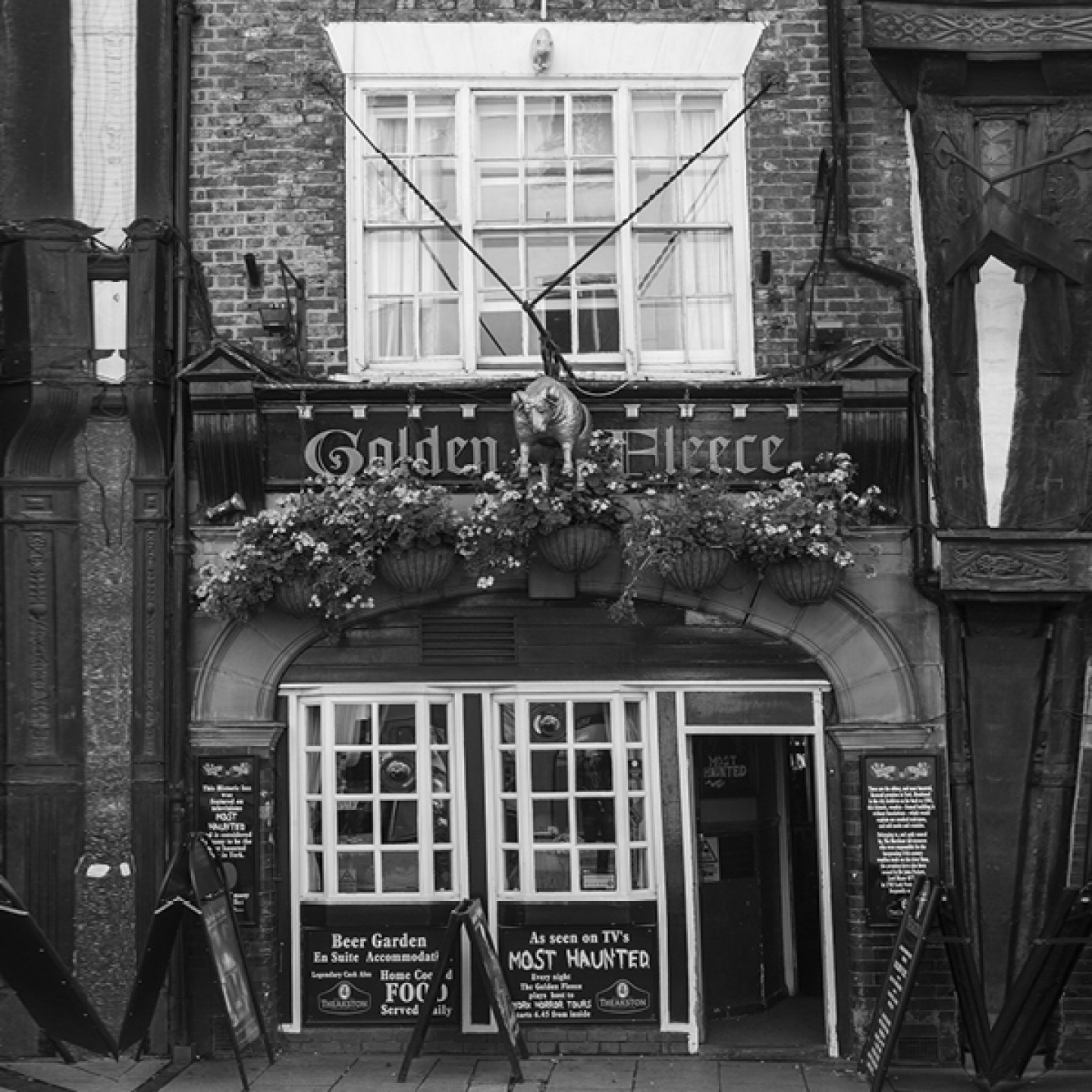
Plague Girl
When the Plague swept through the city in the 1600s, a young girl who was thought to have contracted the disease was locked in her home and left as her parents fled. When her body was found, it was clear that her illness had been no more than a normal childhood cold. She can still be seen gazing out of her bedroom window in her house behind the Minster.
Dick Turpin
As well as showing up at York Castle Museum, it’s clear the dastardly highwayman gets around as he has also been reported to appear at the Blue Boar in York. So the story goes, if you’re overheard speaking ill of the criminal, something terrible will befall you.
Bedern Child
Possibly the ghost of George Lazenby who was killed by another boy in the terrible conditions of Bedern workhouse, this area of York is said to be haunted by the screams, whispers and laughter of a child from long ago. Be careful when exploring, you might just
feel a small hand take yours on a deserted street…
Mary Ann Cotton
A notorious serial killer in the 1800s who was hanged for her crimes, Mary Ann Cotton allegedly haunts the Dun Cow Pub (where her executioner went after her death), the pub she worked at in Sunderland, and her old home in West Auckland.
King David II
After fleeing defeat at the Battle of Neville’s Cross in 1346, the story goes that King David II of Scotland was discovered hiding under a bridge across the River Browney when English soldiers noticed his reflection in the water. Supposedly if you peer over the bridge today, you might just spot him again!
Andrew Mills
A bloody tale, farmhand Andrew Mills was convicted of the murder of three children on the Brass family farm in County Durham. Legend says if you run around the farmhouse at midnight on 31st December 13 times, Andrew will appear and chase you with an axe.










